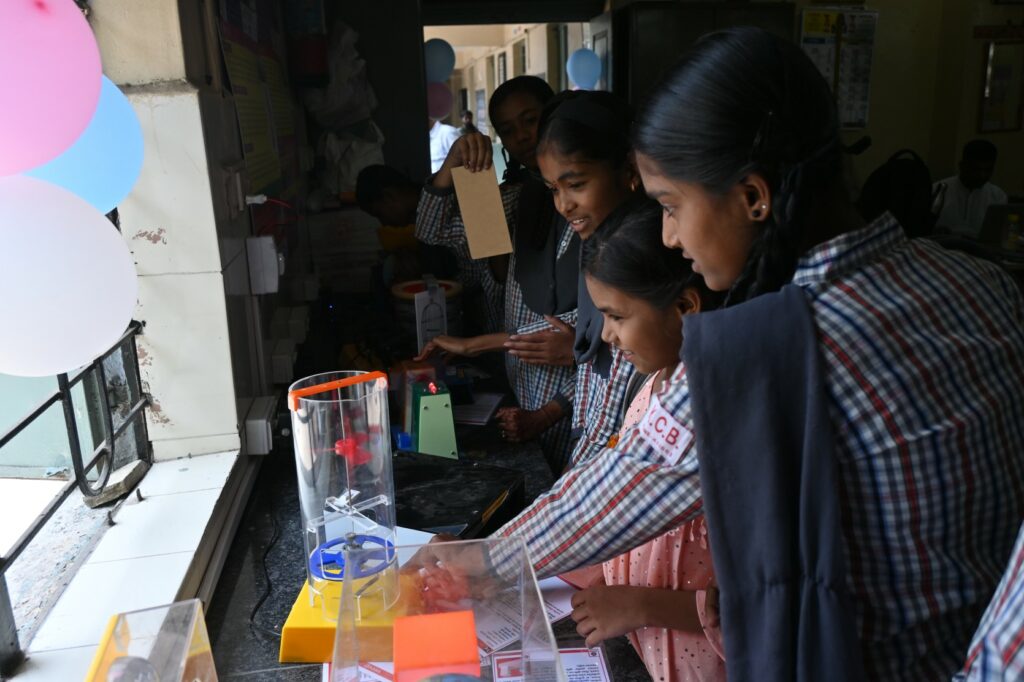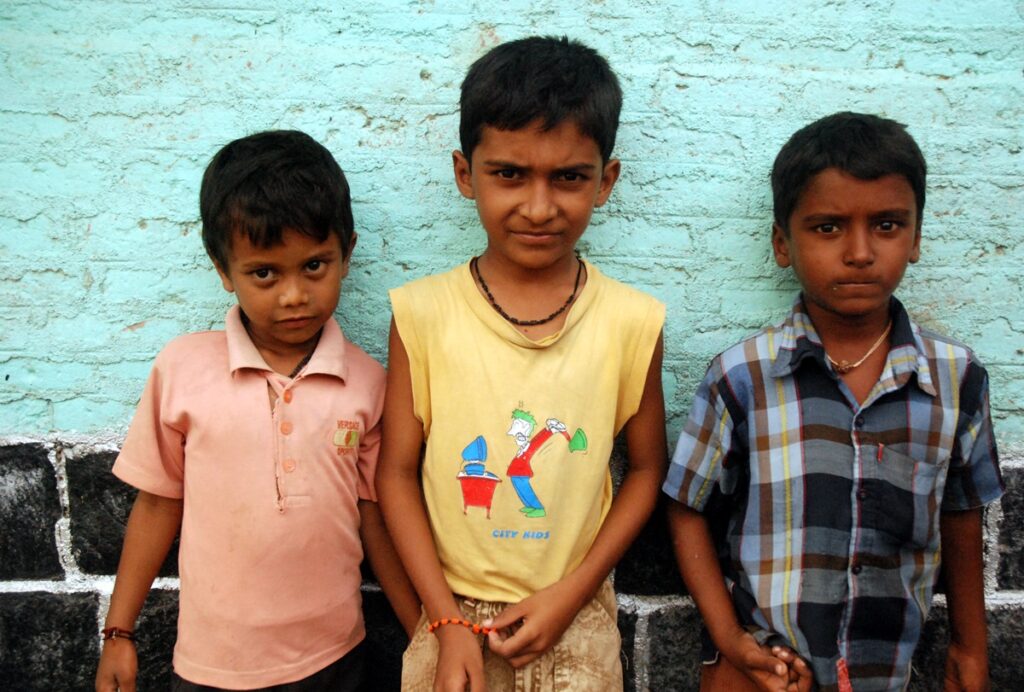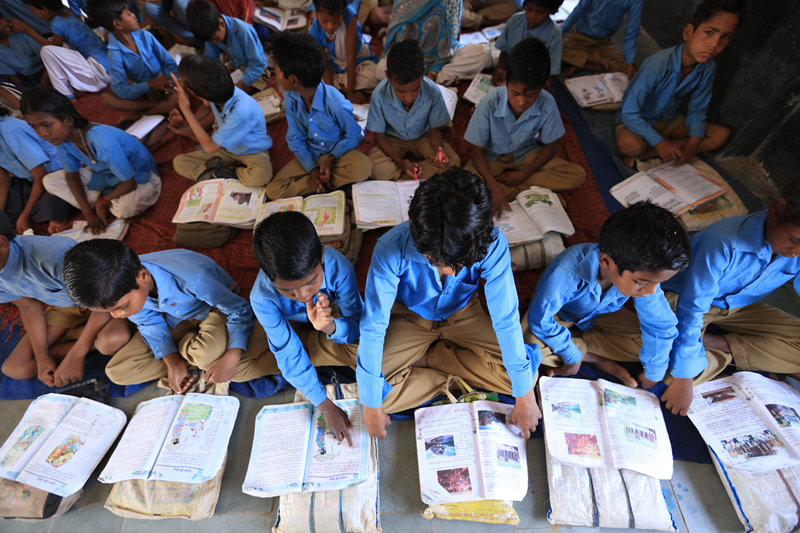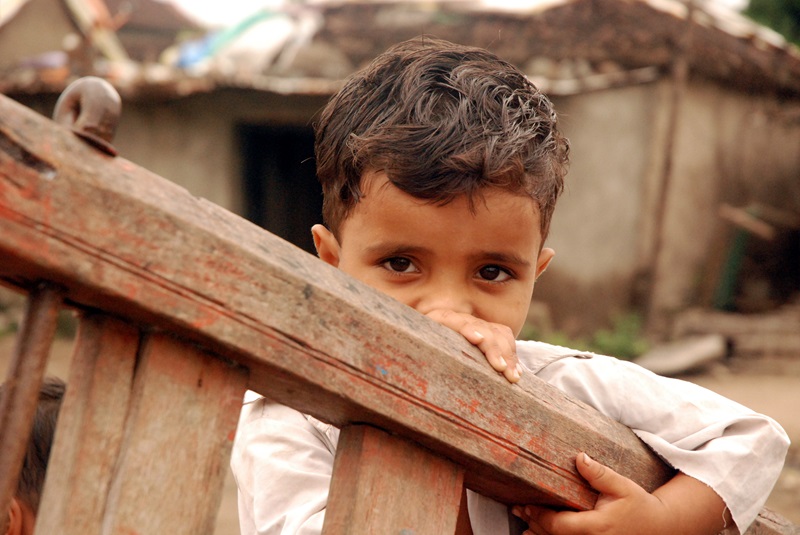
5 Benefits of Extracurricular Activities for Girls’ Personal and Academic Growth
Summary/TL;DR on Benefits of Extracurricular ActivitiesExtracurricular activities are essential for the transformation of girls' lives, particula....
Read MoreEmpowering children is key to building an equitable India. To answer how can we help underprivileged students, we must remove barriers to education, healthcare, and safety. Solutions include community engagement, gender equality, and support from NGOs like CRY India. These efforts empower children in poverty and ensure long-term impact through awareness, policy change, and holistic development for a just and inclusive future.
Empowering children in India is a noble cause and a fundamental necessity for the nation’s sustainable growth and development. Despite initiatives like the Right to Education Act of 2009, millions remain trapped in poverty, malnutrition, and lack of access to education and healthcare.

The 2011 Census has revealed that 8.4 crore children aged 5-17 are out of school, highlighting deeply rooted barriers (source: Press Information Bureau Government of India, march 2018). This alarming data highlights the urgent need to address the deeply rooted systemic barriers that continue to impede underprivileged children’s access to quality education and essential services.
Read along as we discuss more about these children's challenges and ways we can tackle them.
Underprivileged children in India face numerous challenges that hinder their overall development and deprive them of a nurturing childhood. Empowering children requires a comprehensive approach that addresses their multifaceted needs. Here are eight effective ways to empower underprivileged children in India:

Providing quality education to the underprivileged is a fundamental step towards empowering children and breaking the cycle of poverty. This goes beyond merely enrolling them in schools; ensuring a conducive environment for learning with adequate infrastructure, skilled teachers, and a curriculum tailored to their needs. Initiatives such as establishing learning centres, providing educational resources, and offering remedial support can help bridge these children's learning gaps.
Additionally, promoting inclusive education practices and addressing barriers like language differences, disabilities, or cultural biases is crucial for creating an equitable and supportive educational ecosystem. At CRY India, we've been actively working to improve right to education for underprivileged children through our projects across 19 states. We've successfully enrolled and retained over 2 lakh children in schools.
Also Read: Right to Education Act
Underprivileged children often suffer from malnutrition, lack of access to basic healthcare services, and poor living conditions, which can severely impact their physical and cognitive development.
Implementing comprehensive healthcare and nutritional programs is vital for their overall well-being. This includes initiatives such as school mid-day meal schemes, regular health check-ups, immunisation drives, and awareness campaigns on hygiene, sanitation, and healthy lifestyle practices.
Collaboration with local healthcare providers, community health workers, and organisations can help deliver these services effectively and ensure that underprivileged children receive the necessary care and support. For example, CRY India has set up over 600 kitchen gardens across 7 states as a sustainable solution towards addressing malnutrition among underprivileged children.
Also Read: Importance of Child Rights
Underprivileged children are highly vulnerable to various forms of abuse, exploitation, and violence, including child labour, trafficking, and physical or emotional mistreatment. Strict enforcement of laws and policies to safeguard children’s rights and community-based monitoring systems can help address these issues. Establishing child protection committees, creating safe spaces for children, and providing counselling and rehabilitation services are essential to ensure their safety and well-being.
Raising awareness about the pervasive nature of child abuse and exploitation, and promoting a culture of zero tolerance towards such practices, is also crucial for creating a protective environment for underprivileged children. CRY India has been actively working to protect children from abuse and exploitation, having protected over 6,400 children from child labour, marriage, and trafficking in the past year.
Also Read: Importance of Inclusive Education
Equipping underprivileged children with vocational and life skills can empower them to become self-reliant and financially independent in the long run. Skill development programs should focus on providing them with marketable skills aligned with local economic opportunities, such as vocational training in trades like carpentry, tailoring, or entrepreneurship development.
Additionally, imparting life skills like communication, problem-solving, and financial literacy can help these children navigate the challenges of adulthood more effectively. Facilitating the implementation and effectiveness of these programs can be achieved through partnerships with local businesses, industries, and skill development organisations.
CRY India’s approach recognises the importance of child empowerment for sustainable livelihoods and works towards providing the underprivileged with the necessary skills and resources to become self-reliant.
Also Read: Causes of Child Marriage
Girls from underprivileged backgrounds often face greater challenges in accessing education and opportunities due to deep-rooted gender biases and societal norms. Promoting gender equality in education and society is crucial for empowering children and breaking the cycle of marginalisation.
Initiatives such as awareness campaigns, community dialogue sessions, and targeted interventions to change mindsets can help create a more inclusive and equitable environment. Also, providing equal access to education, encouraging girls’ participation in decision-making, and creating safe spaces for their personal and professional growth are essential steps towards achieving gender equality.
CRY India has been actively working towards promoting gender equality in education and society, with 99% of adolescent girls in CRY project areas protected from child marriage.
Engaging local communities in empowering children is crucial for sustainable change. Community-led initiatives, such as awareness campaigns, monitoring systems, and support networks, can help create a supportive environment for these children.
Involving community members, including parents, local leaders, and youth groups, in the planning and implementation of empowerment programs can foster a sense of ownership and ensure that the interventions are culturally relevant and address the community's specific needs.
Additionally, capacity-building initiatives for community members can equip them with the necessary skills and knowledge to advocate for children’s rights and contribute to their empowerment. CRY India’s approach involves working closely with local communities, parents, and stakeholders to create a supportive ecosystem for underprivileged children.
Non-governmental organisations play an important role in addressing the issues underprivileged children face. Collaborating with reputable NGOs like CRY India can amplify the impact of empowerment efforts through our expertise, resources, and grassroots reach. We deeply understand local contexts, establish networks, and have experience in implementing successful interventions.
By partnering with NGOs, individuals, communities, and organisations can make use of their knowledge, skills, and resources to come up with more effective and sustainable solutions for empowering children. Additionally, NGOs can provide training, capacity-building, and advocacy support to strengthen local efforts. CRY India has been working with over 100 grassroots partners across India to create sustainable change for underprivileged children.
Raising awareness about the challenges the underprivileged face and empowering children is essential for garnering support and driving positive change. Campaigns, events, and educational initiatives can help sensitise the public, challenge societal norms and biases, and inspire action towards this cause.
Utilising various platforms, such as social media, mass media, and community outreach programs, can help disseminate information and create a dialogue around the issues underprivileged children face.
Involving influential figures, celebrities, and role models can help amplify the message and inspire others to contribute to this cause. CRY India has been actively involved in spreading awareness about the rights of the underprivileged and the importance of child empowerment through various campaigns and initiatives.

At CRY India, we adopt a multi-pronged approach to empower underprivileged children and ensure their rights. Through our grassroots engagement, CRY India strives to change behaviours and practices that hinder children’s development. Simultaneously, we influence public policies at the systemic level, advocating for children’s issues to be prioritised by the government.
Our interventions span various crucial areas like education, health and nutrition, and protection from child labour, child marriage, and trafficking. Moreover, innovative solutions like setting up kitchen gardens and academic support centres have made a tangible difference. CRY India recognises that sustainable change requires a holistic ecosystem where children’s well-being is at the forefront, involving the children and their families, communities, and the broader governance framework.
Also Read: Education Empowerment
The importance of child empowerment in India cannot be overstated. It is a path towards a more inclusive, equitable, and prosperous nation where every child can thrive and contribute to the country’s development. By supporting organisations like CRY India and actively participating in empowerment efforts, we can make a long-lasting impact on the lives of these children and shape a brighter future for the nation as a whole.
To help underprivileged children, individuals can support initiatives that provide education, healthcare, and basic needs. Also, volunteering time, donating resources, or sponsoring a child’s education are impactful ways to make a difference.
In India, investing in education is the best way to help poor children. Supporting schools, scholarships, and vocational training programs empowers children from impoverished backgrounds, offering them a way out of poverty and towards a better future.